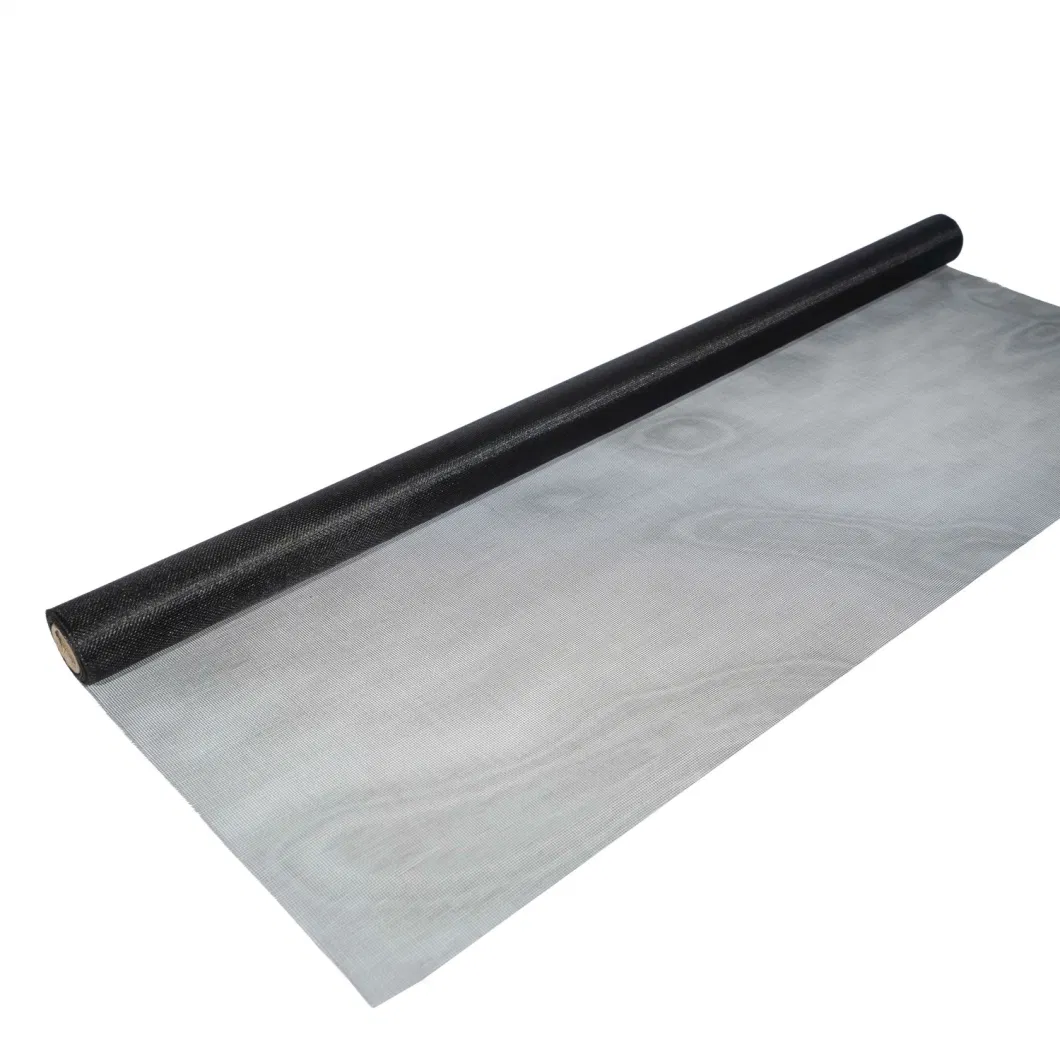Understanding Perforated Metal Sheet Sizes A Comprehensive Guide
Perforated metal sheets are widely used in various industries encompassing architecture, construction, automotive, and manufacturing due to their unique properties and versatile applications. They are made from various metals, including stainless steel, aluminum, and mild steel, and can be customized in various sizes and hole patterns to fit specific needs. Understanding the dimensions and characteristics of perforated metal sheets is fundamental for selecting the right product for any project.
What is Perforated Metal?
Perforated metal is created by punching holes into a sheet of metal. The holes can vary in size, shape, and pattern depending on the application's requirements. These sheets not only offer aesthetic appeal but also provide functionality, including ventilation, filtration, and sound attenuation.
Standard Sizes of Perforated Metal Sheets
While perforated metal sheets can be tailored to meet specific requirements, there are standard sizes commonly available in the market. The dimensions of these sheets are generally classified into gauges (thickness), lengths, and widths.
1. Thickness Perforated metal sheets come in various thicknesses, typically ranging from 0.5 mm to 6 mm. The gauge of the metal influences its strength, weight, and application suitability. For instance, thicker sheets might be preferred in structural applications where durability and load-bearing capacity are essential.
2. Lengths and Widths Standard sheet sizes are often 4 feet by 8 feet (48 inches by 96 inches) or 5 feet by 10 feet (60 inches by 120 inches). These sizes are commonly used because they fit well within typical construction dimensions and can easily be transported. Custom sizes are also available, allowing manufacturers to produce sheets tailored to specific project needs.
perforated metal sheet sizes

Hole Patterns and Customization
One of the main advantages of perforated metal sheets is their ability to be customized, particularly concerning hole patterns. The arrangement of holes affects both the metal’s strength and its utility. Common hole patterns include staggered, straight, round, square, and slotted shapes, tailored for various applications, such as
- Architectural Elements Used in facades, screens, and decorative panels, where aesthetic appeal is crucial. - Industrial Applications Employed for filters, guards, and sieves that require specific flow rates or material retention. - Acoustic Panels Effective in sound dampening when arranged correctly, helping to reduce noise pollution in specific environments.
Considerations for Choosing Perforated Metal Sheets
When selecting perforated metal sheets, several factors should be considered
- Material The chosen metal affects durability and resistance to corrosion. For outdoor or industrial applications, stainless steel or aluminum is often recommended. - Hole Size and Pattern Depending on the specific needs, the size and pattern of the holes can significantly modify airflow, light penetration, and aesthetics. - Thickness The required strength and load-bearing capacity dictate the thickness of the sheet.
Conclusion
Understanding perforated metal sheet sizes is crucial for anyone looking to incorporate this versatile material into their projects. By acknowledging standard dimensions, hole patterns, and customization options, one can make informed decisions that optimize both functionality and aesthetic appeal. Whether for industrial use, architecture, or everyday applications, perforated metal sheets present a solution that meets various design and engineering challenges effectively. With proper selection and application, these sheets can significantly enhance performance and visual appeal across multiple sectors.
-
Why Galvanized Trench Cover Steel Grating Resists Corrosion
NewsJul.10,2025
-
The Versatility and Strength of Stainless Expanded Metal Mesh
NewsJul.10,2025
-
Load Calculations in Steel Grating Platforms
NewsJul.10,2025
-
Keeping Pets and Kids Safe with Chicken Wire Deck Railing
NewsJul.10,2025
-
Hole Diameter and Pitch for Round Perforated Metal Sheets
NewsJul.10,2025
-
Aluminium Diamond Mesh in Modern Architecture
NewsJul.10,2025
Subscribe now!
Stay up to date with the latest on Fry Steeland industry news.

